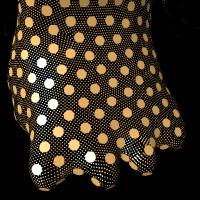Dynamic Surfel Set Refinement for High Quality Rendering
Computers & Graphics, December 2004.
Abstract
Splatting-based rendering techniques are currently the best choice for efficient high quality rendering of point-based geometries. However, such techniques are not suitable for large magnification, especially when the object is under-sampled. This work improves the rendering quality of pure splatting techniques using fast dynamic up-sampling algorithms for point-based geometry. Our algorithms are inspired by interpolatory subdivision surfaces where the geometry is refined iteratively. At each step the refined geometry is that from the previous step enriched by a new set of points. The point insertion procedure uses three operators: a local neighborhood selection operator, a refinement operator (adding new points) and a smoothing operator. Even though our insertion procedure makes the analysis of the limit surface complicated and it does not guarantee its G^1 continuity, it remains very efficient for high quality real-time point rendering. Indeed, while providing an increased rendering quality, especially for large magnification, our algorithm needs no other preprocessing nor any additional information beyond that used by any splatting technique.
This paper is an extended version of:
-
Real-Time Point Cloud Refinement
Eurographics Symposium on Point-Based Graphics, 2004, Zurich, Switzerland.
[bibtex] [pdf]
See also our paper Interpolatory Refinement for Real-Time Processing of Point-Based Geometry (EG2005) that significantly improves this diadic approach using a sqrt(3) like refinement strategy.
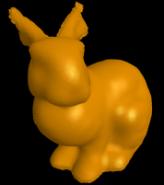
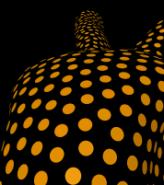
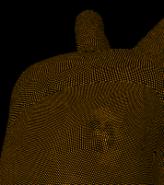
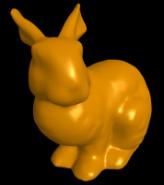
The bunny model uniformly sampled with 5k points. From left to right, simple splatting, the local dynamic upsampling process and splatting again. [video]


